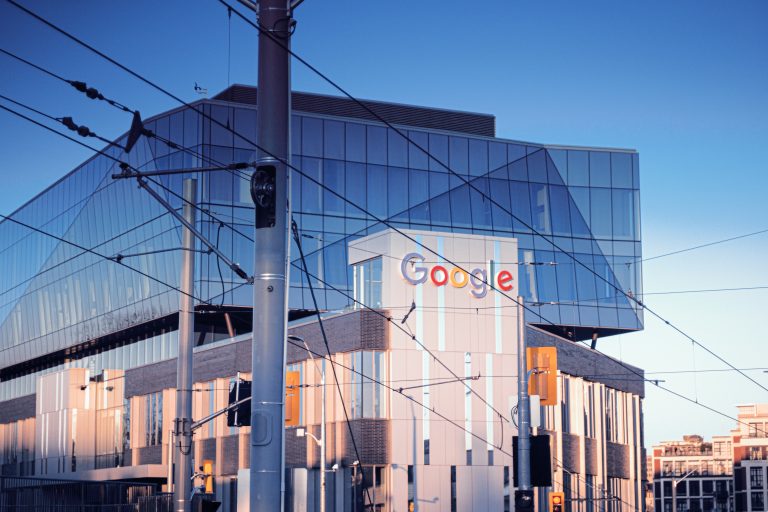How the Google Page Experience Update Works
Up until recently, many of us found that the first few results for a Google search query would be hard-to-use websites. Pop-ups and slow page load times were a huge problem. And when you consider that 39% of consumers will navigate away from a page if images load slowly, it’s easy to see how poor user experience was taking traffic away from better-quality websites.
To combat this problem, the Google page experience update makes user experience part of any equation which determines a page’s final ranking. Practically speaking, the Google page experience algorithm means that pages that are easy to navigate have an advantage over similar pages that are harder to use.
In this article, we’ll look at the Google page experience update to see how user experience and page rankings have become linked. At the same time, we’ll discuss some best practices to give your website its best chance to shine.
Components of the Google page experience update
Completely rolled out for desktop search in March 2022, the Google page experience algorithm considers how easy it is for a human user to navigate and use each indexed page. While the algorithm does not technically penalize websites with poor UX, it does prioritize sites with excellent UX over their less user-friendly competition.
Here’s a quick summary of attributes that make up the Google page experience algorithm.
The page is easy to interact with
Above all, Google wants to ensure that site visitors find the page loads quickly and well. To that end, Google considers how quickly a page loads onto a browser. In other words, the page should achieve Largest Contentful Paint (LCP) within 2.5 seconds. In layman’s terms, this means the page should be completely loaded so that a visitor can view all of its features.
Similarly, the page should be highly interactive so that it responds almost instantaneously to user clicks. Otherwise, people will feel like they are waiting forever, or they will click on the same button or link multiple times. Both of these events or frustrating and risk alienating your viewers.
A high level of visual stability. In other words, images or other page elements won’t appear to jump around unless the user is intentionally scrolling. Not only can jumpy text or other elements give you a headache, but they’ll hurt you on the Google page experience update.
Mobile friendly design
If you have a mobile version of your site, then it needs to be optimized for smaller screens. Otherwise, you’ll have a disadvantage in the Google page experience algorithm. However, if you only have one version of your site, it needn’t be optimized for mobile. However, when you consider that 85% of adults think your website should look great on mobile, you should to the optimization anyway.
Site security
With all the hackers and other concerns these days, there’s no reason why your website should not have a security certificate. However, the Google page experience update will penalize you if your website does not have the HTTPS protocol.
User accessibility
The Google documentation refers to this as having “no intrusive interstitials.” if you’ve ever visited a website that has annoying pop-up ads everywhere, then you know what we’re talking about. In fact, there’s a good chance that many of the worst offenders were penalized by the latest Google page experience algorithm. At least, we’ve seen less of them lately.
How to improve your user experience
Now that you understand how the Google page experience update can impact your website, let’s look at some ways that you can adjust. Many of the changes are quite simple.
Make images easy to load
Especially if you have an e-commerce site, it can be difficult to configure your site so that it loads quickly. Perhaps it’s unsurprising, therefore, that many of us get frustrated when shopping online. However, if you keep the file sizes reasonable, then your site will load much faster automatically.
Similarly, you should avoid excessive plug-ins that you don’t need. There are many speed trackers and other web design tools available online if you’re doing your own development.
Use pop-ups in moderation
While some pop-ups are essential, such as a paywall or login page, you should avoid most pop-ups. Instead, use banner or display ads which allow people to browse your website unimpeded.
Employ mobile-friendly design
Especially if you don’t want to maintain a lighter version of your website for mobile users, make sure that your site is easy for people to view from a mobile browser. For mobile users, less is often more, both visually and for data use.








